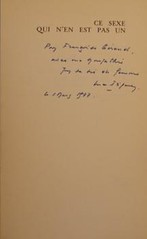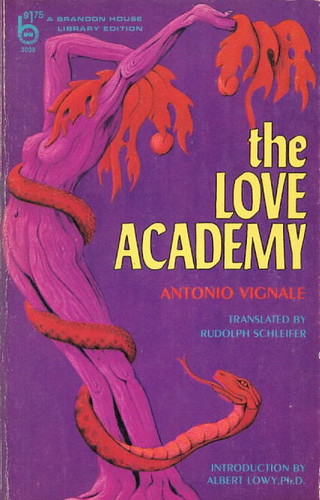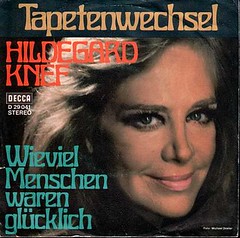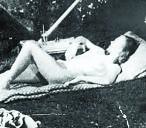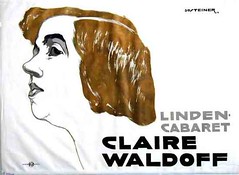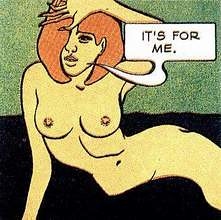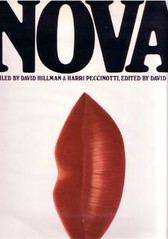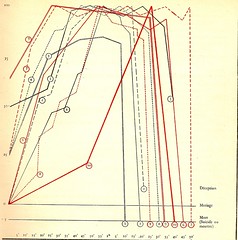Film noir.
I’ve only seen two film noirs in the 2000s. One was the neo-noir The Last Seduction, the other was The Naked Kiss.
Donald Westlake‘s recent death has inspired me to research film noir and noir fiction. My fondest memories of the noir thing are probably films such as Jim Thompson‘s Coup de Torchon and Charles Willeford‘s Miami Blues.
But above all the nobrow references in the bold film The Naked Kiss.
I was totally surprised to find references in that film to:
- Beethoven’s Moonlight sonata
- A Baudelaire quote
- Goethe
- A male version of Brigitte Bardot
The same astonishment took hold of me when researching Kiss Me, Deadly, Mickey Spillane‘s sixth novel featuring private investigator Mike Hammer. (because of the Signet Books and Fawcett Publications link).
Listen to the following dialogue excerpt (see below). Is there a better way to introduce This Sex which is Not One, feminism and the Oedipus complex and Pussy Talk? Most of contemporary theory is useless without its counterpart in popular culture.
[Youtube=http://www.youtube.com/watch?v=yjgDNvS8XVU&]
Scrub to 6:30 for the dialog
Christina: You’re angry with me, aren’t you? Sorry I nearly wrecked your pretty little car. I was just thinking how much you can tell about a person from such simple things. Your car, for instance.
Hammer: Now, what kind of a message does it send ya?
Christina: You have only one real lasting love.
Hammer: Now who could that be?
Christina: You. You’re one of those self-indulgent males who thinks about nothing but his clothes, his car, himself. Bet you do push-ups every morning just to keep your belly hard.
Hammer: You against good health or somethin’?
Christina: I could tolerate flabby muscles in a man who may be more friendly. You’re the kind of a person who never gives in a relationship – who only takes. (Sardonically) Ah, woman, the incomplete sex. And what does she need to complete her? (Mocking) Why, man, of course. A wonderful man.
Hammer: All right, all right, let it go. That bus stop will be comin’ up pretty soon and I don’t even know your name.
Christina: You forget. I’m a loony from the laughing house. All loonies are dangerous. Ever read poetry? No, of course you wouldn’t. Christina Rossetti wrote love sonnets. I was named after her.
Hammer: Christina?
Christina: Yes, Mike. I got your name from the registration certificate, Mr. Hammer. Get me to that bus stop and forget you ever saw me. If we don’t make that bus stop…
Hammer: (confidently) We will.
Christina: …if we don’t, ‘Remember me.’
–Transcribed by filmsite.org [1]
And the film score by Frank De Vol? Brilliant.

